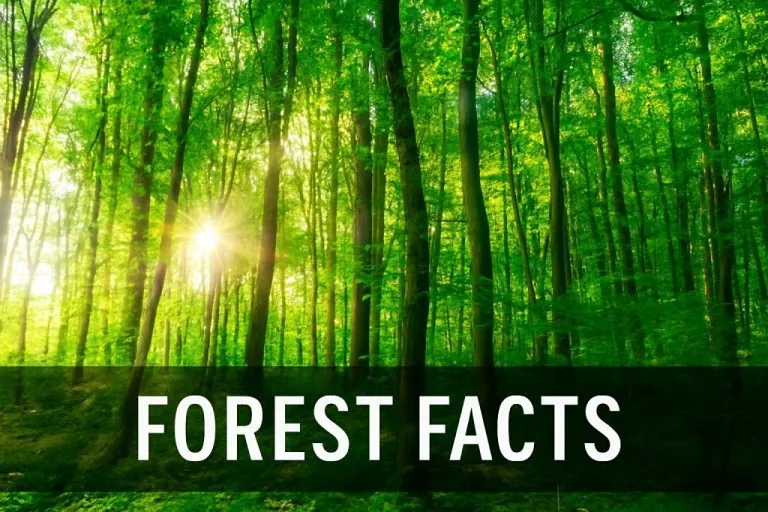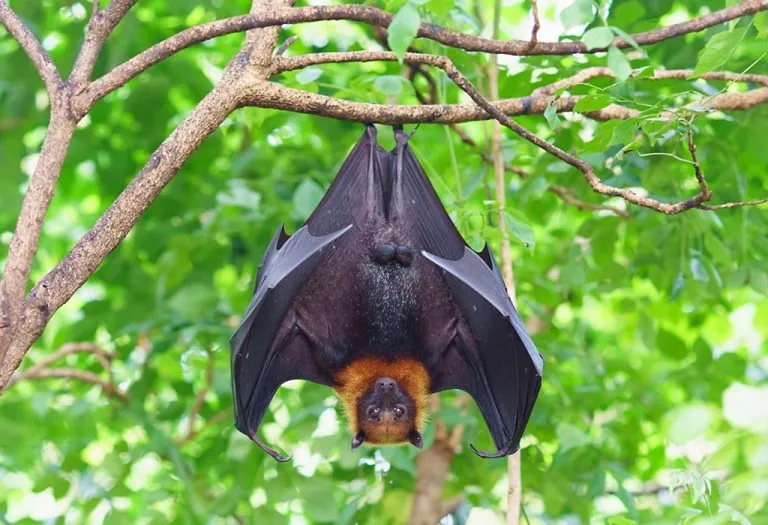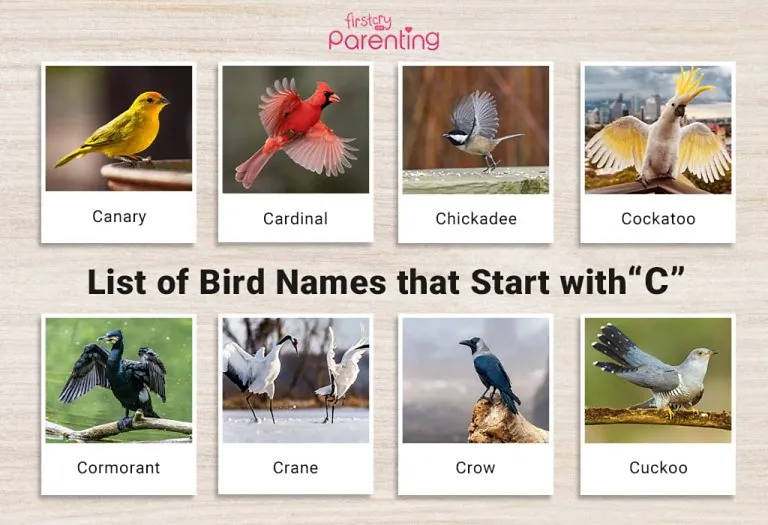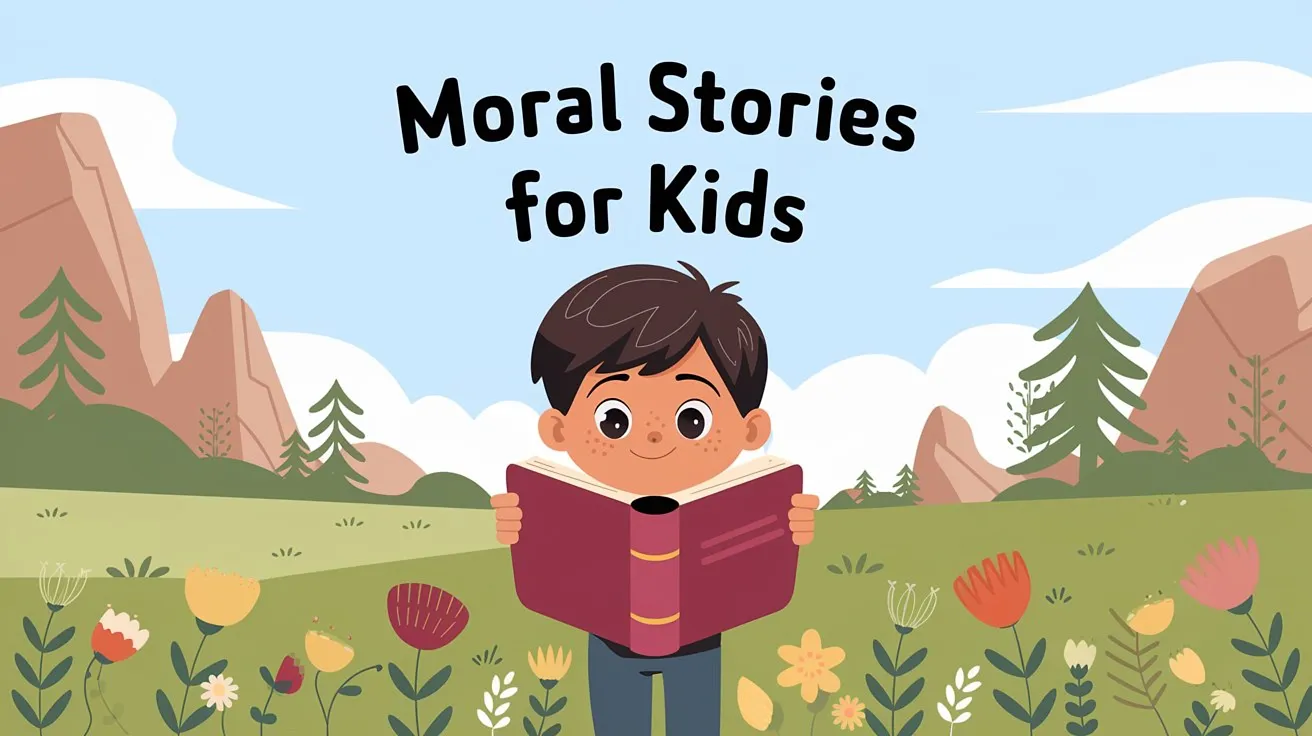10+ Interesting Facts About Forests for Kids
- What Is a Forest?
- Types of Forests
- Why Forests Are Important
- Amazing Forest Facts for Kids
- Ways to Protect the Forest
- FAQs
- Infographic – Amazing Forest Facts for Kids
Nature is every balanced. It entails trees, animals, flora, fauna, mineral deposits, and more in a perfectly balanced ecosystem called a forest. Apart from being simply a piece of land with many trees, a forest is home to a diverse array of biodiversity, including several plant and animal species. Forests play a crucial role in our ecosystem, and it is impossible to imagine our survival without them. However, in the name of development, we are losing trees and animals faster than we ever imagined.
Before we understand the gravity of biodiversity and deforestation, we need to dig deeper into forests and how and why they are critical for life on Earth. To help children learn the importance of biodiversity, learning about forest facts for kids is a great way to begin. These fun facts are tailored in a way that will not bore children and continue to pique their curiosity.
Let us find out some interesting facts about forests that you can share with your kids!
What Is a Forest?
In simple words, any land area that is primarily dominated by trees can be categorised as a forest. Large forests are ecosystems in themselves, consisting of varied types and species of trees that support and sustain other life forms, which are equally diverse. A more formal definition, a forest is an area or piece of land covered with approximately 10 per cent or 0.5 hectares in area of trees, as per the FAO or Food and Agriculture Organization.
Types of Forests
Forests are mainly classified into three main categories, and here is some forest information for kids that talks about different types of forests:
1. Tropical Forests
These kinds of forests experience more than 100 inches of rain every year and do not undergo winters. The high amount of rainfall ultimately leaches nutrients from the soil, which is why the soil quality of such forests is poor. Tropical forests boast a wider variety of plant and animal species than any other kind of forest. They have temperatures ranging from 68 to 77 Fahrenheit. There are different kinds of tropical forests, such as:
- Seasonal: A short dry season is experienced; otherwise, they remain evergreen for most of the year.
- Evergreen: Rain is experienced throughout the year with no dry season.
- Dry: These kinds of tropical forests experience long dry seasons.
- Tropical and Sub-tropical: These kinds of forests have warm and dry climates, and the plants and animals living in them adapt well to the changes.
- Sub-tropical: These kinds of forests are present at the north and south of tropical forests, and trees adapt well to the summer droughts.
- Montane: Also called the cloud forests, these forests thrive on precipitation achieved through the mist or fog that rises from the lowlands.
2. Temperate Forests
Temperate forests are found in Northeast Asia, Europe, and North America, and the temperatures range from -22 to 86°F in these kinds of forests. These are further divided into two categories:
- Temperate Deciduous Forests: These types of forests experience all four seasons, with precipitation occurring throughout the year, including rainfall in summer, spring, and fall, and snow in winter. The soil in these forests is very fertile, and 30 to 60 inches of rainfall is experienced in a year. Oak, birch, and maple trees are some of the commonly found trees in these forests.
- Temperate Coniferous Forests: These forests experience heavy rainfalls and mild winters. Sometimes, places with mild climates and inland mountainous regions have these kinds of forests. High levels of precipitation and moist weather result in a prolonged growing season. With a thick layer of decaying matter, the soil of these forests is highly fertile. These forests experience an annual rainfall between 50 to 200 inches.
3. Boreal Forests
Boreal forests or Taiga forests are found in the regions of Northern Asia, Canada, Siberia, and Scandinavia. Around 65 per cent of the boreal forests are found in Scandinavia alone. These types of forests experience long winters and very short summers, with precipitation ranging from 15 to 40 inches, primarily falling in the form of snow. The trees found in these forests are evergreen. However, the soil is fragile due to its sluggish decomposition rate, which is attributed to the cold weather.
Why Forests Are Important
Forests are not only a haven for the animals and plants that fall within their ecosystem, but they are also utterly crucial for humans, too. Here are some reasons and amazing facts about forests that explain why forests are vital to us:
1. Help in Keeping the Earth Cool
Forests are our saviours in fighting global warming, which is becoming an increasing cause of concern. Trees absorb CO2 or carbon dioxide (which is required for photosynthesis), one of the most prominent culprits of global warming, thus saving our environment in return.
2. Help in Climate Stability
The process of photosynthesis enables plants to produce their own food, thereby contributing to the stability of the Earth’s climate. This occurs when trees absorb carbon dioxide from the environment and release oxygen in return. This helps in cleaning and purifying the atmosphere, thereby averting climate change.
3. Help Us Breathe
A single tree is believed to emit oxygen that can suffice for 2 to 10 people’s oxygen requirements. Therefore, forests worldwide help produce so much oxygen that it benefits us by enabling us to breathe. Although there are other prolific sources of oxygen, trees play a major role in providing the elixir of life.
4. Provide a Natural Habitat
The forest is home to millions of different species of animals, plants, reptiles, and microorganisms, including snakes, monkeys, butterflies, horses, birds, turtles, grasshoppers, moss, trees, bushes, herbs, moss, ferns, and other wild animals and plants. Several microorganisms survive on the forest bed, converting dead matter into nutrients and giving back to nature what it has given. Several people, including indigenous and tribal people, depend on the forest for food and livelihood.
5. Prevent Landslides, Floods, and Other Natural Disasters
The green cover that forests provide to people comes in the form of protection from natural disasters as well. Mangroves are thick forests that thrive in water and have a good soil grip, which helps mitigate tsunamis and floods. A good cover of trees ensures good soil grip in the land by roots, which prevents soil erosion, ultimately preventing landslides.
6. Preserve Water
Water from rivers, lakes, streams, and underground water sources within forests accounts for major sources of water, and the green cover of trees helps maintain this water by shielding it from the sun’s rays. The Amazon rainforest contains the largest river system and watershed on the planet.
Apart from the advantages mentioned above, numerous forest products can be derived from forests, including timber, honey, medicinal herbs, firewood, and edible fruits.
Amazing Forest Facts for Kids
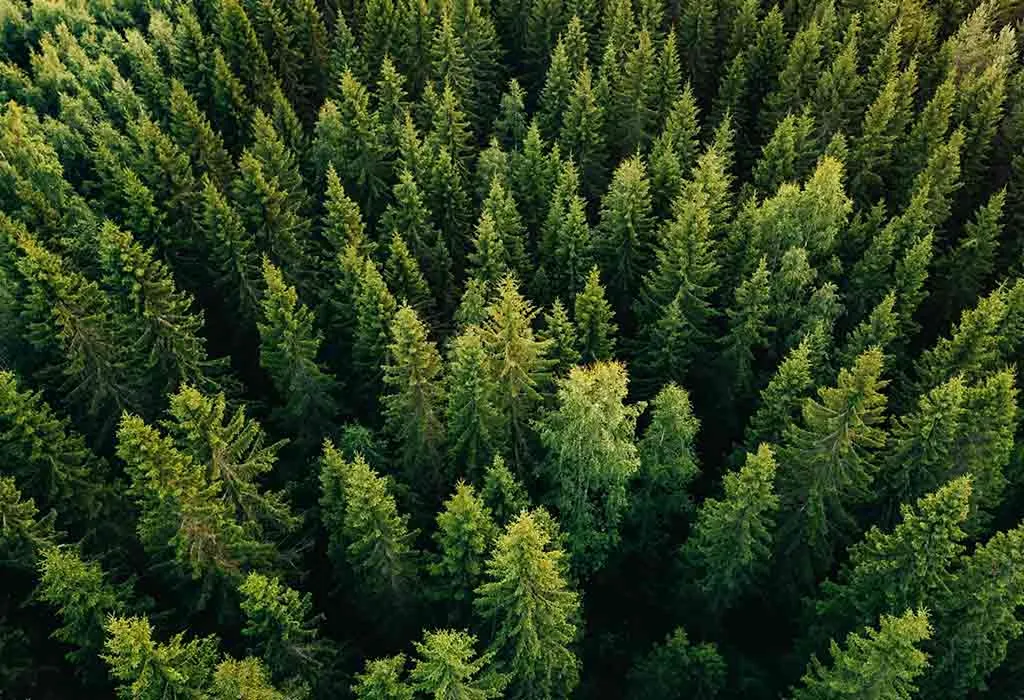
Children can learn a great deal from the cool facts about the forests, from how many acres of forests are present on the Earth to the different types. Let’s check some amazing forest facts for children!
- Insects are the only kind of creatures that are found in all kinds of forest zones. Also, there are more herbivores than carnivorous animals in forests.
- The United Nations launched the International Forest Day in 2012. Since then, every year, this Day is celebrated on March 21 to promote the importance of trees and forests.
- Forests cover approximately eight per cent of the total surface area of the Earth, and around thirty per cent of the Earth’s land surface area.
- There are hundreds of billions of trees on our planet, though the exact numbers may be challenging to establish. According to a 2015 survey, the tropics and subtropics contain approximately 1.4 trillion trees, the boreal region has around 700 billion, and about 600 billion are reported in temperate forests.
- A tree species found in California, known as redwood trees, which are native to the redwood forest, can grow up to 350 feet in height. Some of the trees in the region are as old as 2,000 years!
- Some trees, like pine trees, do not lose their leaves even in the winter months.
- About 80 per cent of the planet’s plants and terrestrial animals are found in forests.
- Apart from Antarctica, temperate forests are found in all other continents.
- Approximately 50 per cent of the forest area is located in just five countries globally: Russia, Canada, the United States of America, China, and Brazil.
- Out of more than 10 billion acres of the forest area of the planet, only 1.8 billion acres are protected.
- Around 90 per cent of forest fires are started by humans.
Ways to Protect the Forest
There are several unique ways to save forests, the first being reforestation:
- Reducing heavy dependency on woods and their by-products will help reduce deforestation. Simultaneously, ensuring reforestation as a compensation for deforested lands is a must. By planting and maintaining new trees, we can ensure a good forest cover.
- The poaching of rare and high-priced woods, tree products, and minerals in forests has increased, leading to illegal logging and forest mining. Strict laws and actions can help mitigate poaching and preserve forests.
- Funding and restoration of national reserves, national parks, and dedicated forests will help animals and plants thrive in the forested lands, creating rich biodiversity.
- Increased human access to forests has led to the extraction of plants, animals, and forest products. Necessary laws should be enforced to reduce such activities. Dedicated committees can be created to oversee the whole operation.
- Voicing against illegal activities in the forests by corporations or governments by raising campaigns and starting movements offline and through social media helps spread awareness.
FAQs
1. What products do we get from forests?
Wood (timber, fuel, paper), medicinal items (herbs, resins, gums, plants), food (nuts, honey, mushroom, fruits, spices), raw materials (bamboo, waves, canes, rubber), minerals (coal, natural gas, iron ore, silicates, caly materials, gold, titanium, volcanic ash, granite, sand, and more), fodder, and more are products that are obtained from forests.
2. What contribution can kids make to protect forests?
Children can raise awareness about the issues with the reduction of forest cover with the growing days. They can talk about the issues and ways of protection through debates and art competitions. Children can also join local groups that work for forest conservation or start their own forest club and engage in activities like planting native saplings in the neighbourhood.
3. What kind of animals can be seen in forests?
A variety of wild animals, including deer, lions, leopards, prairie dogs, jackals, zebras, giraffes, and hippopotamuses, as well as insects and reptiles, can be found in forests.
Forests are a blessing to mankind and are essential for sustaining a healthy environment for all living beings. Educate your child about forests through this post, which will surely help provide valuable insight!
Infographic – Amazing Forest Facts for Kids
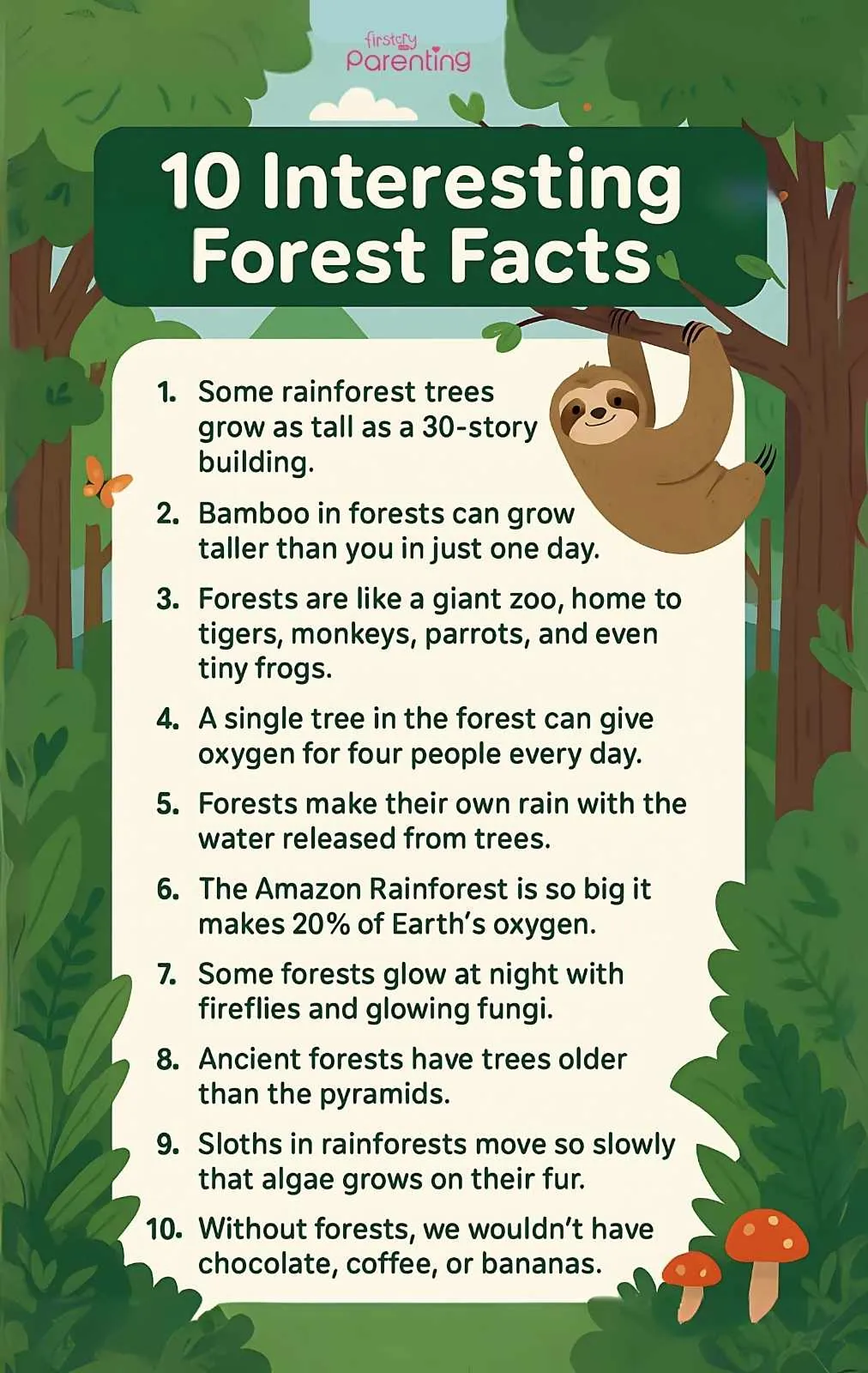
Image Source : AI Generated Image
Also Read:
Earth Facts for Children
Human Body Facts for Kids
Facts About Light for Children
Fascinating Science Facts for Children
Was This Article Helpful?
Parenting is a huge responsibility, for you as a caregiver, but also for us as a parenting content platform. We understand that and take our responsibility of creating credible content seriously. FirstCry Parenting articles are written and published only after extensive research using factually sound references to deliver quality content that is accurate, validated by experts, and completely reliable. To understand how we go about creating content that is credible, read our editorial policy here.






